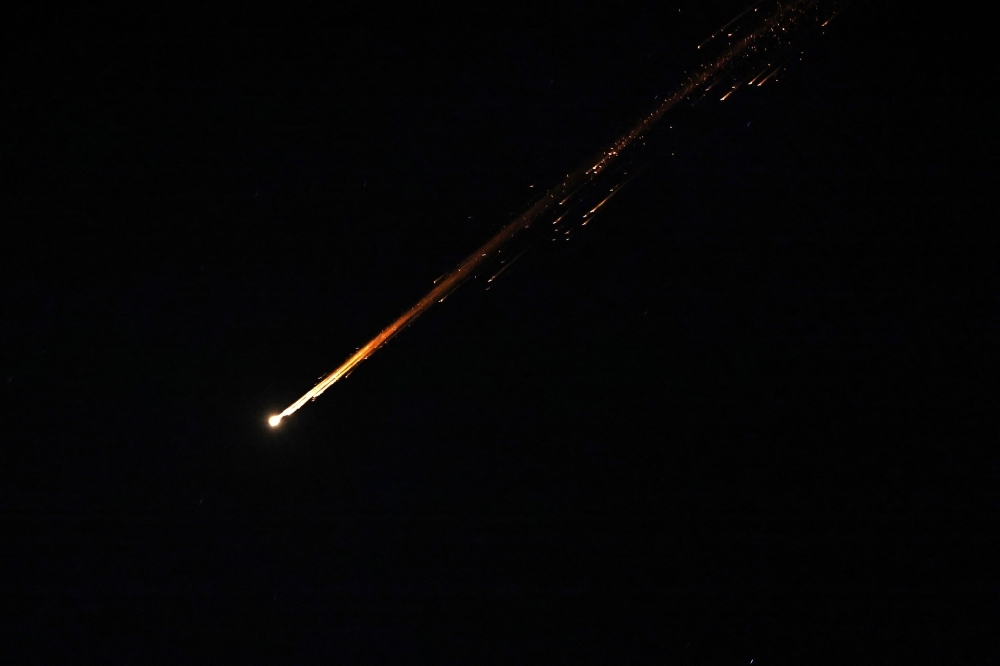Iranian government sources on June 17 reported the successful shootdown of an Israeli Air Force F-35 fighter aircraft in the skies above the city of Tabriz, with ground-based air defence systems credited with the kill. Previously two F-35s were reportedly shot down on June 13-14, with a female pilot reported captured, before a third shootdown reported on June 14 also saw the surviving pilot apprehended by commandos. The likely veracity of Iranian claims was previously analysed by Military Watch in detail, including assessments of the strengths and limitations of Iran’s air defences and significant risks faced by F-35s operating on penetration missions deep inside heavily defended airspace. It remains uncertain which air defence system has been credited with the shootdown of the fourth fighter, although Iranian government sources providing details of the first three successful engagements reported that Bavar 373 air defence systems had been responsible for all three kills. The latest variant of the Bavar 373 unveiled in April 2024 boasts an extended 300 kilometre engagement range, and according to some Iranian sources uses multiple networked radars operating in complementary wavebands to achieve a longer tracking range against stealth aircraft, similarly to the Russian S-400 system.

Surface-to-Air Missile Battery From Iranian Bavar 373 Long Range Air Defence System
The location of the city of Tabriz over 150 kilometres inside Iranian territory indicates that Israeli F-35s have continued to be used for deep penetration missions, while the country’s largely obsolete F-15s and F-16s are relied on to fire cruise and ballistic missiles into Iran from safe distances. Although such penetration flights place fighters at considerable risk, they allow high diameter bombs with penetrative warheads to be dropped on targets. This makes it possible to destroy heavily fortified positions that air-launched missiles would struggle to threaten. The F-35’s stealth capabilities, powerful electronic warfare suite, and significant ability to gather electronic intelligence, between them make the aircraft particularly well suited to flying into heavily defended airspace. The extensive use of F-35s for such missions by the Israeli Air Force makes the loss of just four fighters appear relatively conservative when considering the advanced capabilities of Iranian air defences. Although the United States Air Force fields a second class of fifth generation stealth fighter alongside the F-35, namely the F-22, the aircraft’s much older radar, lack of comparable electronic warfare or signals intelligence capabilities, and inability to carry high diameter bombs, prevents it from posing a similar threat when used on penetration missions, as does its shorter range.

Israeli Air Force Personnel and F-35I
Israel has ordered F-35s in four separate batches, with the first order having been placed in October 2010, after which the first deliveries commenced in 2016. Although Israel has not been permitted to make significant changes to the fighter’s avionics, it has been allowed to integrate indigenous subsystems, namely electronic warfare systems, onto the aircraft. As summarised by General Manager of the Lahav Division at Israel Aerospace Industries, Benni Cohen: “It's open architecture, which sits on the F-35's central system, much like an application on your iPhone. So it doesn't change anything in the aircraft itself, but it gives the Israel Air Force the most advanced and adaptable processing capabilities with relative independence of the aircraft manufacturer.” This “introduces a new level of freedom for the IAF [Israeli Air Force], as it paves the way for additional advanced capabilities to be embedded in the F-35I in the future,” he added. Primary challenges in shooting down the F-35 thus include not only the difficulties of forming and sustaining a targeting lock onto its very low observable stealth airframe, but also countering its electronic warfare capabilities which continue to be modernised. Iran has ordered a number of assets well optimised to detecting stealth aircraft, including the Rezonans-NE radar system acquired in 2019, and the yet to be delivered Su-35 fighter with wing root L-band AESA radars and a particularly large Irbis-E primary radar.


















